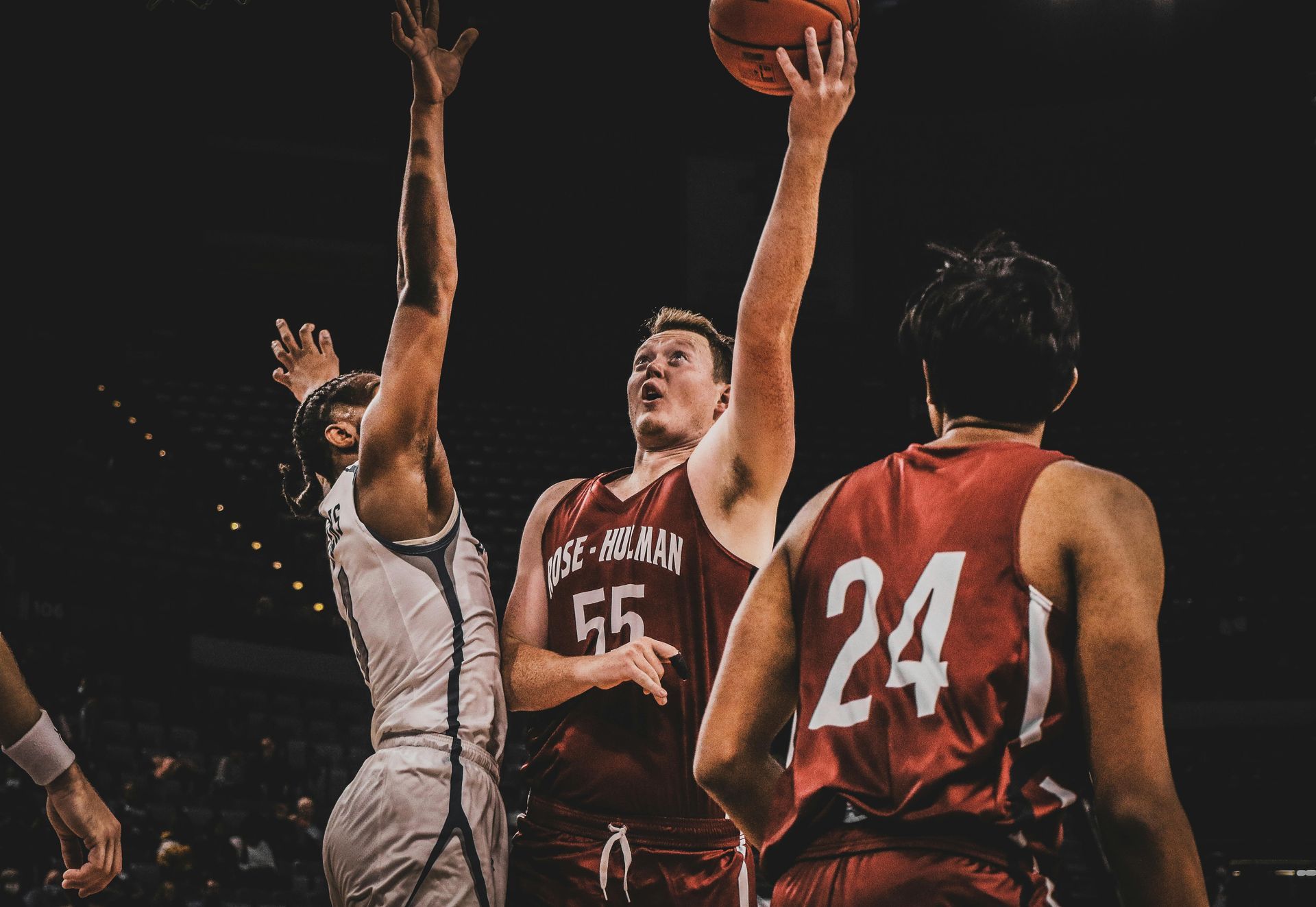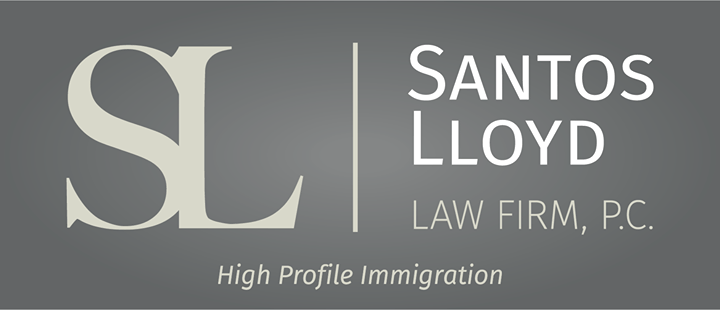Que tipos de evidências tatuadores podem apresentar para o visto O?
Click here to read this article in English
Se um tatuador competiu e ganhou algum prêmio em uma convenção de tatuagem renomada, um argumento pode ser feito pelo artista ter uma participação principal ou papel principal no evento. As evidências podem incluir certificados mostrando que a pessoa ganhou uma competição, artigos sobre o evento tanto falando sobre o evento quanto sobre o indivíduo que concorreu e venceu, artigos sobre o evento em si, evidências da vitória da pessoa postadas nas contas de mídia social do evento.
2. Evidência que o beneficiário alcançou reconhecimento nacional ou internacional por conquistas comprovadas por análise crítica, ou por matérias publicadas sobre o indivíduo nos principais jornais, revistas especializadas, revistas em geral ou outras publicações.
Como evidência para este quesito, pode-se incluir artigos sobre o tatuador e seu trabalho, ou sobre suas realizações: como vencer uma competição para tatuadores ou ter seu trabalho exposto em uma expô de tatuagem.
3. Prova de que o beneficiário prestou e prestará serviços como participante principal ou protagonista em produções ou eventos que tenham uma reputação distinta evidenciada por artigos em jornais, revistas especializadas, publicações ou depoimentos.
Evidência para este requisito pode ser o trabalho anterior em estúdios de tatuagem reconhecidos. Isso pode incluir artigos sobre o estúdio de tatuagem e prêmios anteriores ganhos por esse estabelecimento, artigos sobre o trabalho do tatuador para o estúdio, uma carta do proprietário ou responsável pelo estúdio de tatuagem descrevendo o trabalho do tatuador naquele local.
Colaborações com marcas bem conhecidas e respeitadas também podem ser uma possível evidência para esse requisito. As evidências podem incluir artigos sobre a colaboração, artigos sobre a marca, uma carta do proprietário ou responsável pela marca discutindo o trabalho do tatuador e postagens de mídia social nas contas da marca sobre a colaboração do artista.
Para satisfazer os requisitos futuros, as evidências podem incluir as evidências já listadas acima para futuras colaborações com marcas respeitadas ou trabalhos futuros para lojas de tatuagem bem conhecidas.
4. Evidência de que o beneficiário tem um histórico de grandes sucessos comerciais ou aclamados pela crítica, conforme evidenciado por indicadores como título, classificação, posição, receitas de bilheteria, índices de audiência no cinema ou televisão e outras realizações profissionais relatadas em jornais especializados, principais jornais ou outras publicações.
Possíveis evidências para este requisito podem incluir: recebimento de prêmios em convenções e competições de tatuagem reconhecidas e as evidências incluem artigos sobre evento e a participação do tatuador, certificados e fotos do tatuador no evento.
5. Evidência de que o beneficiário foi reconhecido de forma significativa por suas realizações por organizações, críticos, agências governamentais ou outros especialistas reconhecidos na área em que o estrangeiro está engajado. Tais depoimentos devem ser de forma que indique claramente a capacidade, experiência e conhecimento das realizações do estrangeiro pelo autor.
A evidência para este requisito pode incluir cartas de outros tatuadores conhecidos e/ou experientes, descrevendo o trabalho e as realizações do candidato.
6. Evidência de que o beneficiário recebeu um alto salário ou receberá um alto salário, ou outra remuneração substancial por seus serviços, comparado a outros na mesma área de atuação, comprovado por contratos ou outras evidências confiáveis.
A evidência para esse requisito pode incluir informes de rendimento e/ou declaração de imposto de renda, para mostrar que a pessoa ganhou um salário acima da média em seu país de origem ou em comparação com outros tatuadores dos EUA. Outra prova possível seria incluir o acordo entre o peticionário e o requerente, se o valor que será pago no futuro for superior ao valor pago a outros tatuadores nos EUA.
Estes são apenas alguns exemplos de evidências que um tatuador pode fornecer. O indivíduo deve atender à apenas três dos requisitos, mas quanto mais requisitos puderem ser comprovados, melhores serão as chances de aprovação. Se você quiser verificar se é elegível a esse visto, por favor entre em contato com nosso escritório.
Este blog não se destina a ser um aconselhamento jurídico e nada aqui deve ser interpretado como estabelecimento de uma relação cliente-advogado. Por favor, agende uma consulta com um advogado de imigração, antes de agir baseado em qualquer informação lida neste blog.
Similar Posts








